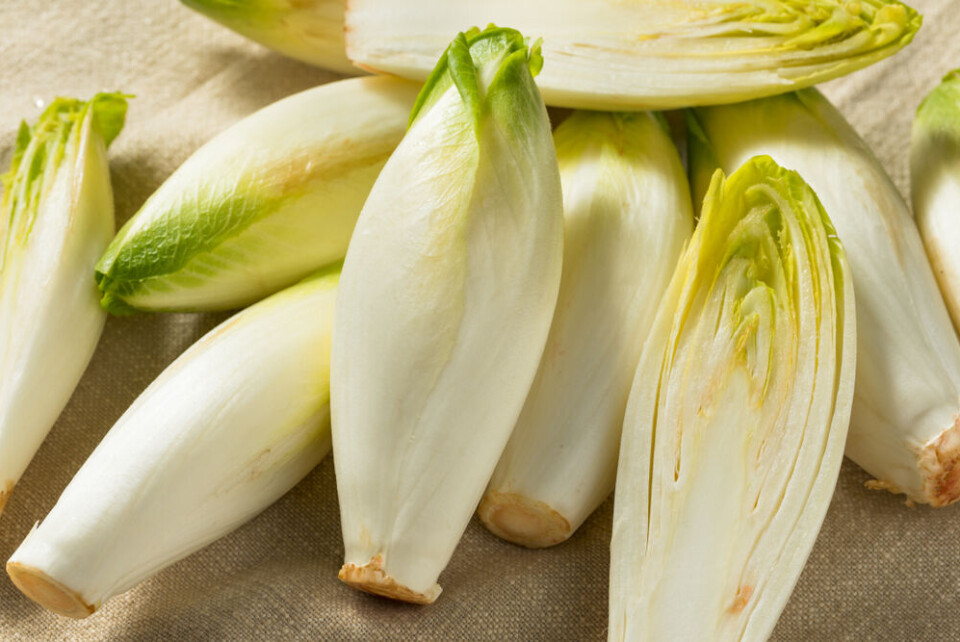-
Know your cheeses and their seasons: which to eat in France in February
Cow’s milk cheeses dominate as winter comes to an end
-
Films and series to watch in February to improve your French
Every month we outline good film and TV series to improve your language
-
Duck Cold! Four French phrases to use when it is freezing outside
France's current cold spell is set to continue for the next few days - we remind you of French expressions to use to describe the drop in temperature
Endive: Staple of France’s comfort food and popular coffee alternative
In our series providing a sideways glance at French food, we look at the often baffling world of the Cichorium genus

One of the most satisfying French dishes of all is endives au jambon, a gratin of braised endives (par-cooked to remove any slight bitterness from the tightly-packed leaves) wrapped in ham and then baked in a béchamel sauce, liberally sprinkled with grated cheese. Fresh from the oven on a cold day, it truly is a food of the gods.
It is very popular in Nord-Pas-de-Calais (and neighbouring Belgium, hence they are also known as Belgian endives) where the torpedo-shaped plants are grown.
Also called chicons, they are equally scrummy in winter salads alongside walnuts, Roquefort, apple and mustard dressing. The boat-shaped leaves are handy vessels for apéro time toppings too – easy to handle and gone in a couple of mouthfuls!
However, the very name endive is a great source of confusion among Anglophones on both sides of the Atlantic – who don’t know what is chicory, endive or both. The simple answer is that there are three types of what we would call endive: Belgian endive (our gratin star), escarole and frisée (sometimes referred to as curly endive).
They belong to the genus Cichorium of leaf chicory, which are from the dandelion ‘tribe’ within the sunflower family.
Root chicory, long grown to form a coffee substitute in Europe, is another story altogether. France has its own root chicory used in a drink – called, er, chicorée. These days it is sold as soluble powder or liquid concentrate, with Leroux as the market leader.
Meanwhile a blend of coffee and chicory root under the brand name Ricoré was first sold in 1953 and is well known for its advertising campaigns and slogan “L’ami du petit-déjeuner, l’ami Ricoré” (“breakfast’s friend, Ricoré”).
Related stories:
Haricots verts: why this humble bean is France’s green giant
French food notes: The salty tale behind Jambon de Bayonne
French food notes: Traditional Dijon dish was created by twist of fate
























